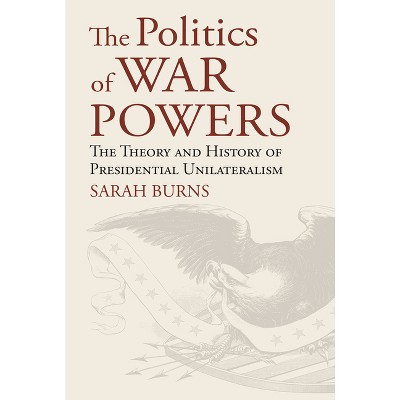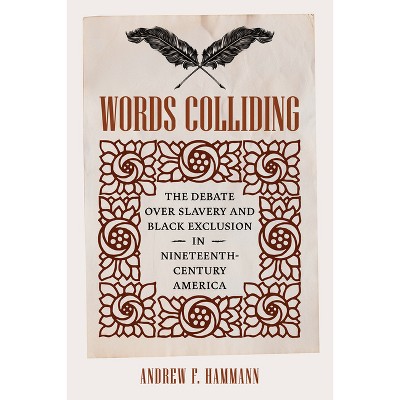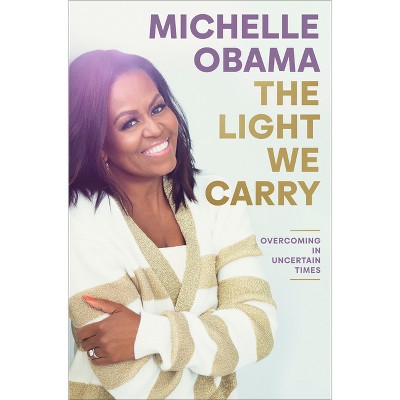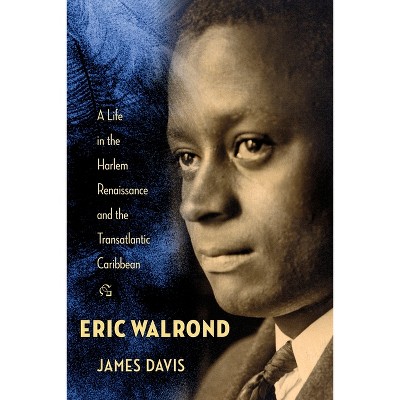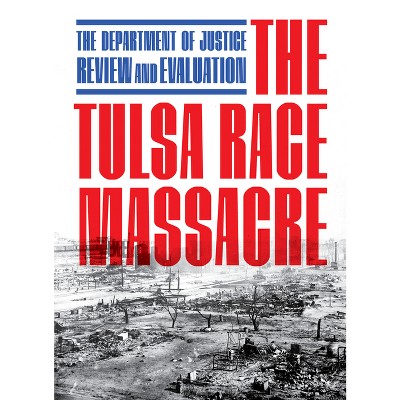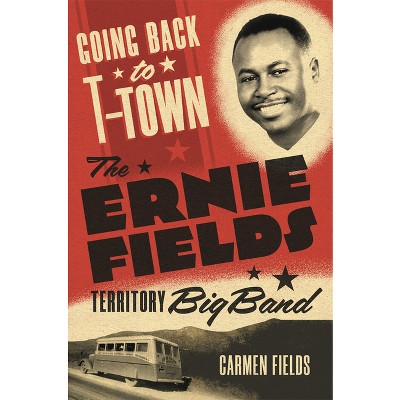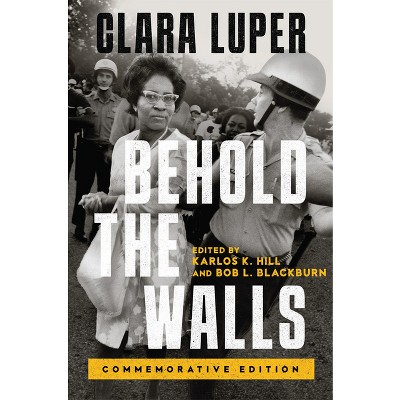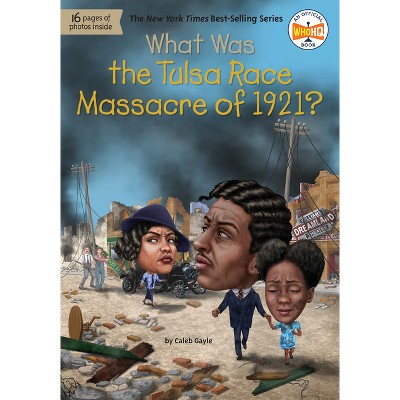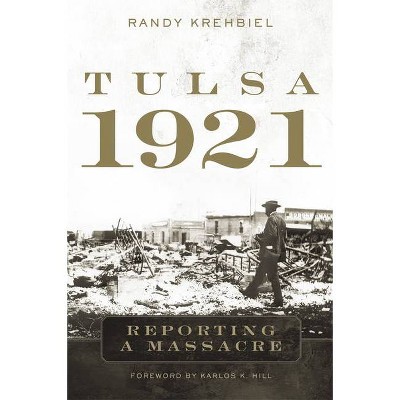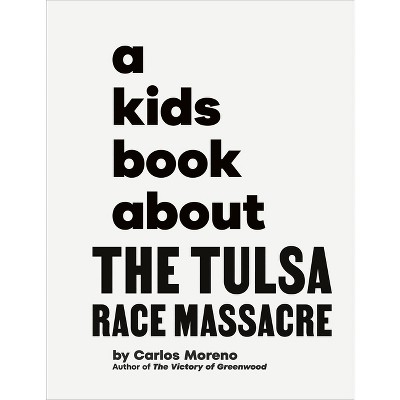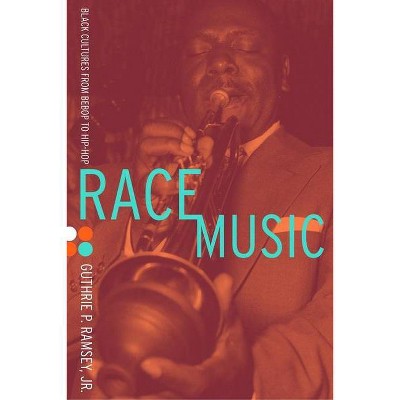Sponsored

The 1921 Tulsa Race Massacre - (Greenwood Cultural Center African Diaspora History and Culture) by Karlos K Hill (Hardcover)
$23.49Save $16.46 (41% off)
In Stock
Eligible for registries and wish lists
Sponsored
About this item
Highlights
- On the evening of May 31, 1921, and in the early morning hours of June 1, several thousand white citizens and authorities violently attacked the African American Greenwood District of Tulsa, Oklahoma.
- Author(s): Karlos K Hill
- 288 Pages
- Social Science, Ethnic Studies
- Series Name: Greenwood Cultural Center African Diaspora History and Culture
Description
About the Book
The 1921 Tulsa Race Massacre: A Photographic History offers a perspective largely missing from other accounts. At once captivating and disturbing, it will embolden readers to confront the uncomfortable legacy of racial violence in U.S. history.Book Synopsis
On the evening of May 31, 1921, and in the early morning hours of June 1, several thousand white citizens and authorities violently attacked the African American Greenwood District of Tulsa, Oklahoma. In the course of some twelve hours of mob violence, white Tulsans reduced one of the nation's most prosperous black communities to rubble and killed an estimated 300 people, mostly African Americans. This richly illustrated volume, featuring more than 175 photographs, along with oral testimonies, shines a new spotlight on the race massacre from the vantage point of its victims and survivors. Historian and Black Studies professor Karlos K. Hill presents a range of photographs taken before, during, and after the massacre, mostly by white photographers. Some of the images are published here for the first time. Comparing these photographs to those taken elsewhere in the United States of lynchings, the author makes a powerful case for terming the 1921 outbreak not a riot but a massacre. White civilians, in many cases assisted or condoned by local and state law enforcement, perpetuated a systematic and coordinated attack on Black Tulsans and their property. Despite all the violence and devastation, black Tulsans rebuilt the Greenwood District brick by brick. By the mid-twentieth century, Greenwood had reached a new zenith, with nearly 250 Black-owned and Black-operated businesses. Today the citizens of Greenwood, with support from the broader community, continue to work diligently to revive the neighborhood once known as "Black Wall Street." As a result, Hill asserts, the most important legacy of the Tulsa Race Massacre is the grit and resilience of the Black survivors of racist violence. The 1921 Tulsa Race Massacre: A Photographic History offers a perspective largely missing from other accounts. At once captivating and disturbing, it will embolden readers to confront the uncomfortable legacy of racial violence in U.S. history.Review Quotes
"The 1921 Tulsa Race Massacre is an invaluable contribution to expanding our understanding, knowledge, and compassion."--Southwestern Historical Quarterly
"Readers should get their hands on this book, read, and view it."-- Oneota Reading Journal
"As far as racial violence goes in US history, nothing quite compares to what happened in Tulsa, Oklahoma, in 1921. Hill (Univ. of Oklahoma) does not attempt a comprehensive history of the massacre, although there is a synopsis at the end, but provides a visual documentation interspersed with oral accounts. Oklahoma State Senator Kevin Mathews, who is the founder and chair of the 1921 Race Massacre Centennial Commission, delivers a timely foreword. The photographs are compelling, demonstrating the shocking death and destruction inflicted on the affluent African American Greenwood neighborhood. The oral histories are telling and enhance the visual encounter. Hill's inclusion of African American witness accounts, many of which were conducted in 1999, are brilliant, as are the voices of survivors, along with their photographs, which are included toward the end of the book. This photographic history of the 1921 Tulsa race massacre is a necessary volume for public, school, and college libraries to acquire. As Senator Matthews writes, "Dr. Hill and his work are nothing less than inspiring" (p. xi). This book is not easy to digest, but it is imperative to readers' understanding of race in the American past and present."--Choice Magazine
"Book to help you learn about the Tulsa Race Massacre." -- The Oklahoman
Dimensions (Overall): 10.2 Inches (H) x 8.5 Inches (W) x 1.1 Inches (D)
Weight: 3.2 Pounds
Suggested Age: 22 Years and Up
Series Title: Greenwood Cultural Center African Diaspora History and Culture
Sub-Genre: Ethnic Studies
Genre: Social Science
Number of Pages: 288
Publisher: University of Oklahoma Press
Theme: African American Studies
Format: Hardcover
Author: Karlos K Hill
Language: English
Street Date: March 18, 2021
TCIN: 89240860
UPC: 9780806168562
Item Number (DPCI): 247-25-0323
Origin: Made in the USA or Imported
If the item details aren’t accurate or complete, we want to know about it.
Shipping details
Estimated ship dimensions: 1.1 inches length x 8.5 inches width x 10.2 inches height
Estimated ship weight: 3.2 pounds
We regret that this item cannot be shipped to PO Boxes.
This item cannot be shipped to the following locations: American Samoa (see also separate entry under AS), Guam (see also separate entry under GU), Northern Mariana Islands, Puerto Rico (see also separate entry under PR), United States Minor Outlying Islands, Virgin Islands, U.S., APO/FPO
Return details
This item can be returned to any Target store or Target.com.
This item must be returned within 90 days of the date it was purchased in store, shipped, delivered by a Shipt shopper, or made ready for pickup.
See the return policy for complete information.
Frequently bought together
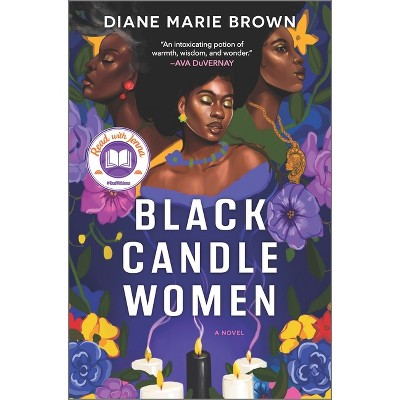
$11.12 - $15.94
MSRP $18.99 - $27.99
5 out of 5 stars with 13 ratings
